Content may contain affiliate links. When you shop the links, I receive a small commission at no cost to you. Thank you for supporting my small business.
Planning on painting? Before you pick up the paintbrush, you need to put some effort into the preparation of your walls. These tips and tricks will ensure perfect results when painting any room in your home!
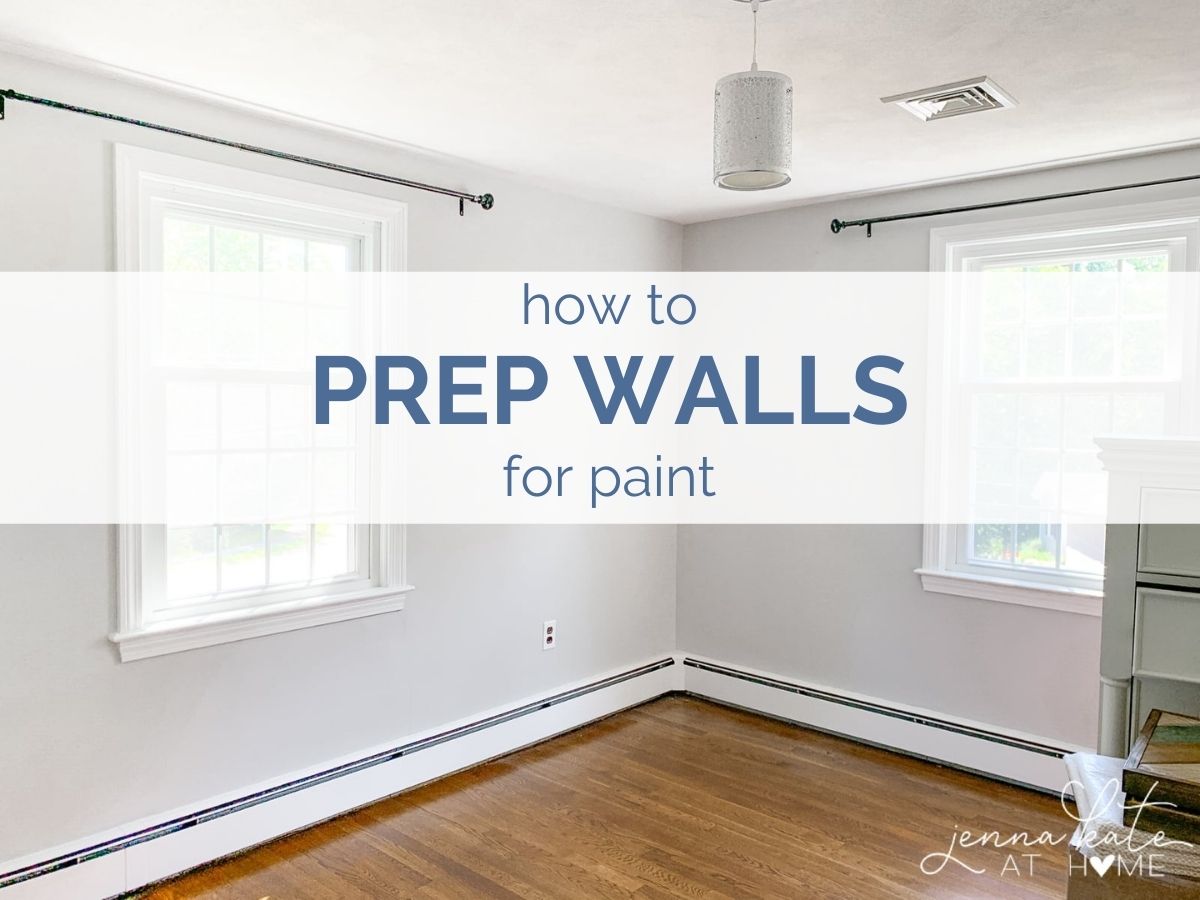
If you’re anything like me, walls in your home get painted and repainted constantly. When we moved in, we painted our entire house Repose Gray with a few rooms in Stonington Gray because I the rooms had to be painted (they were so dirty and gross!) but I wanted to pick colors that I knew would work.
Fast forward five years, Stonington Gray is gone from all but one room and I’ve repainted much of the downstairs in Repose at 50% strength. With all that painting experience under my belt, I’ve learned a few tips and tricks that will ensure your paint job goes smoothly every time!
Time Needed: 1 day
- Repair Holes in the Dry Wall
The first thing to when prepping your walls before paint is to patch and fill any holes or divots with spackle. If you have a large hole, you may need to use a drywall patch and joint compound.
I’ve used patches in the past and they worked great. For nail holes and such, I just use the spackle that goes on pink and dries clear – that way I know when it’s ready for paint or primer.
- Sand Until The Wall is Smooth
Once dry, sand the spackle or compound. If you’re just doing a small patch, a sanding sponge or sanding block works fine, although you’ll need the sponge if you need to get into any corners. If you have a larger area to sand, then attach the sanding block to a pole.
Using your hand, feel to ensure that the patch is completely smooth and level with the surrounding wall. Joint compound can “flash” under paint, so paint over it with primer first.
- Dull the Surface For Paint
Light scuff the rest of the wall with a fine grit sandpaper. This will dull the previous paint and ensure adhesion of the new paint.
- Ensure Walls are Clean and Dust Free
Vacuum any dust, then use a tack cloth to ensure the wall is dust-free.
Wipe down the wall with a damp cloth or paper towel to ensure it is completely clean (just don’t soak the the spackle!).
- Remove Outlet and Switch Plates
Remove outlet and switch plates by unscrewing them. Put a strip of painter’s tape right over the outlet so prevent accidentally rolling paint on it.
- Apply Painter’s Tape
If you have a shaky hand, or you’re nervous about your painting abilities, tape off all trim as well as where the wall meets the ceiling. I’ve used FrogTape brand for years, and I swear by it. The regular green version works great but if you’ve painted the ceiling or trim recently, go for the delicate yellow version.

- Use The Best Painting Supplies
Once all the prep work is done, it’s important to use the best supplies. Cheap roller covers leave marks on walls. Cheap paintbrushes leave brushstrokes and hairs in paint. I highly recommend using a brand like Purdy.
If you have to take a break, place your brush and roller in a zip lock bag. This will stop them from drying out for up to 24 hours. And don’t forget to clean your brushes when you are done. All you need is some dish soap and warm water. If you take care of them, they will last for many paint jobs.
[jkah-related title=”other posts you may like” posts=”26639,24374,15897,18126″]

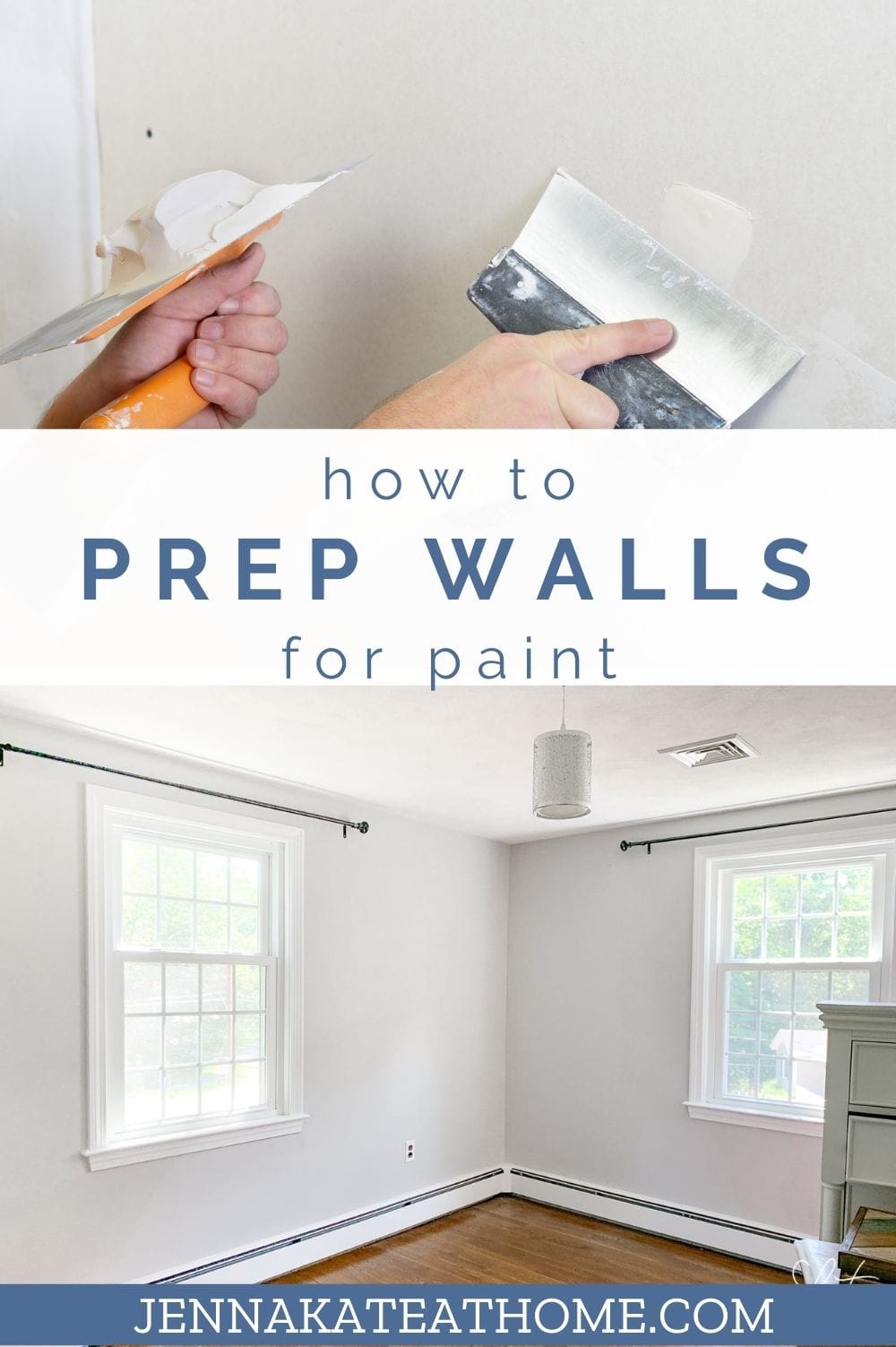
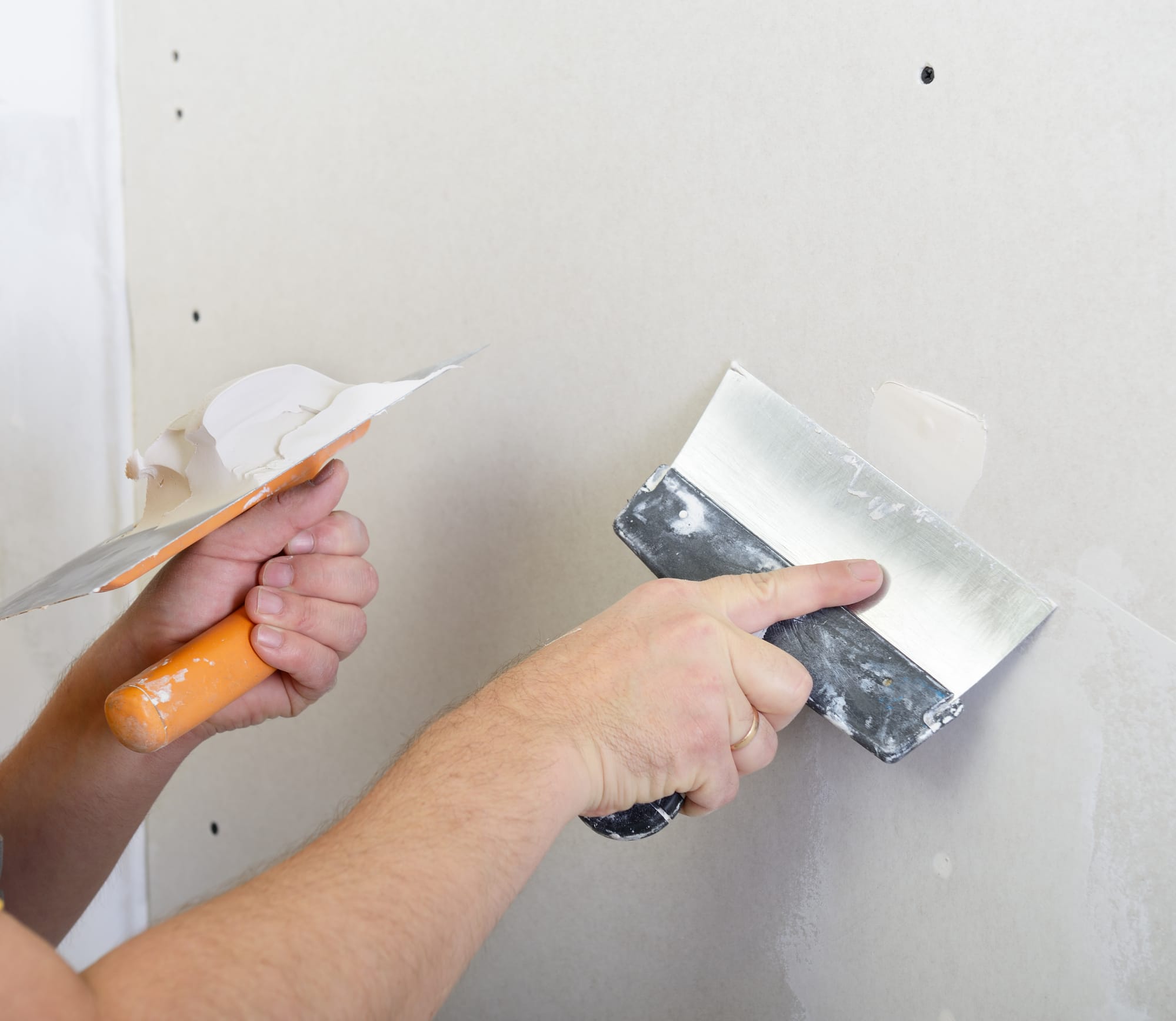
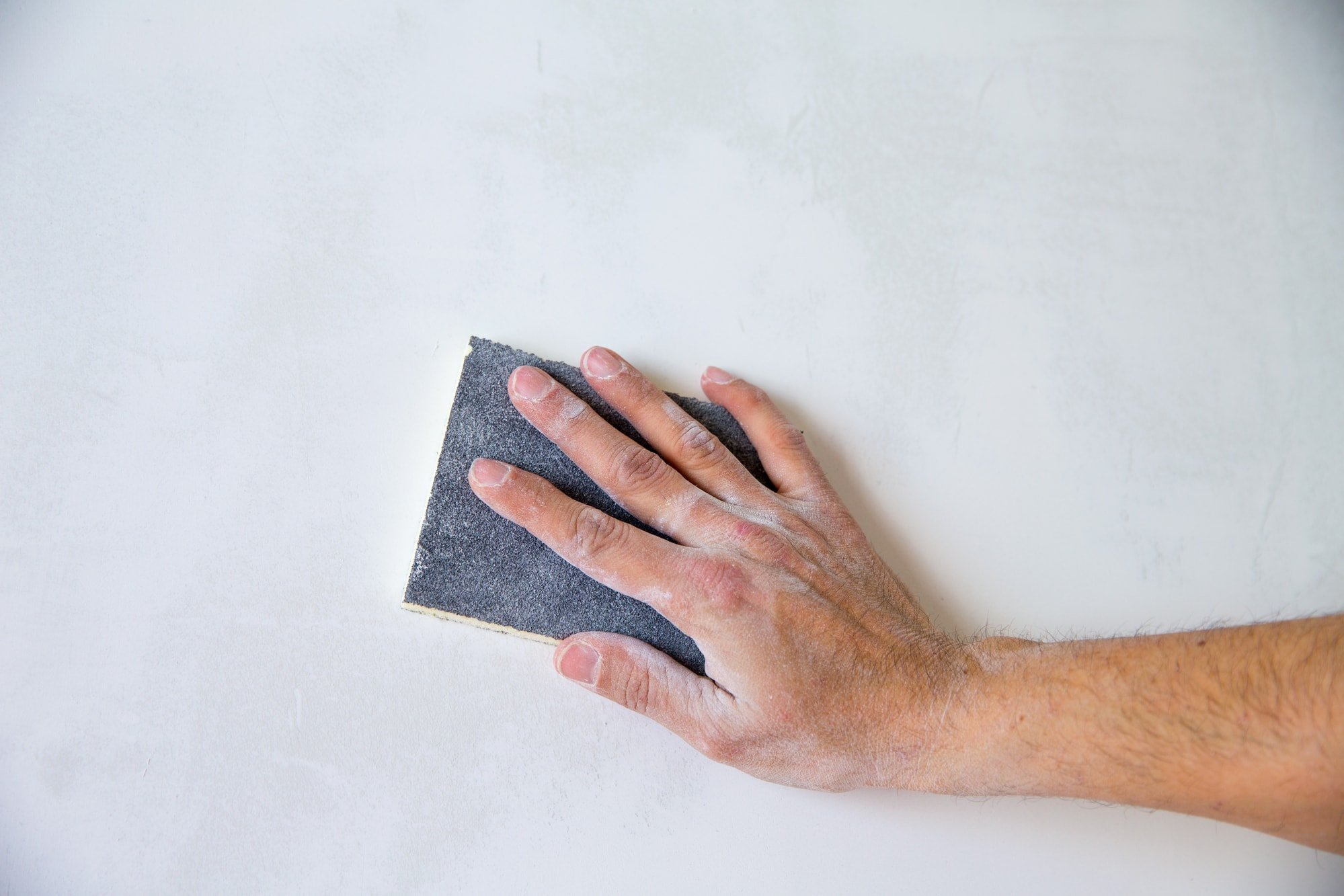
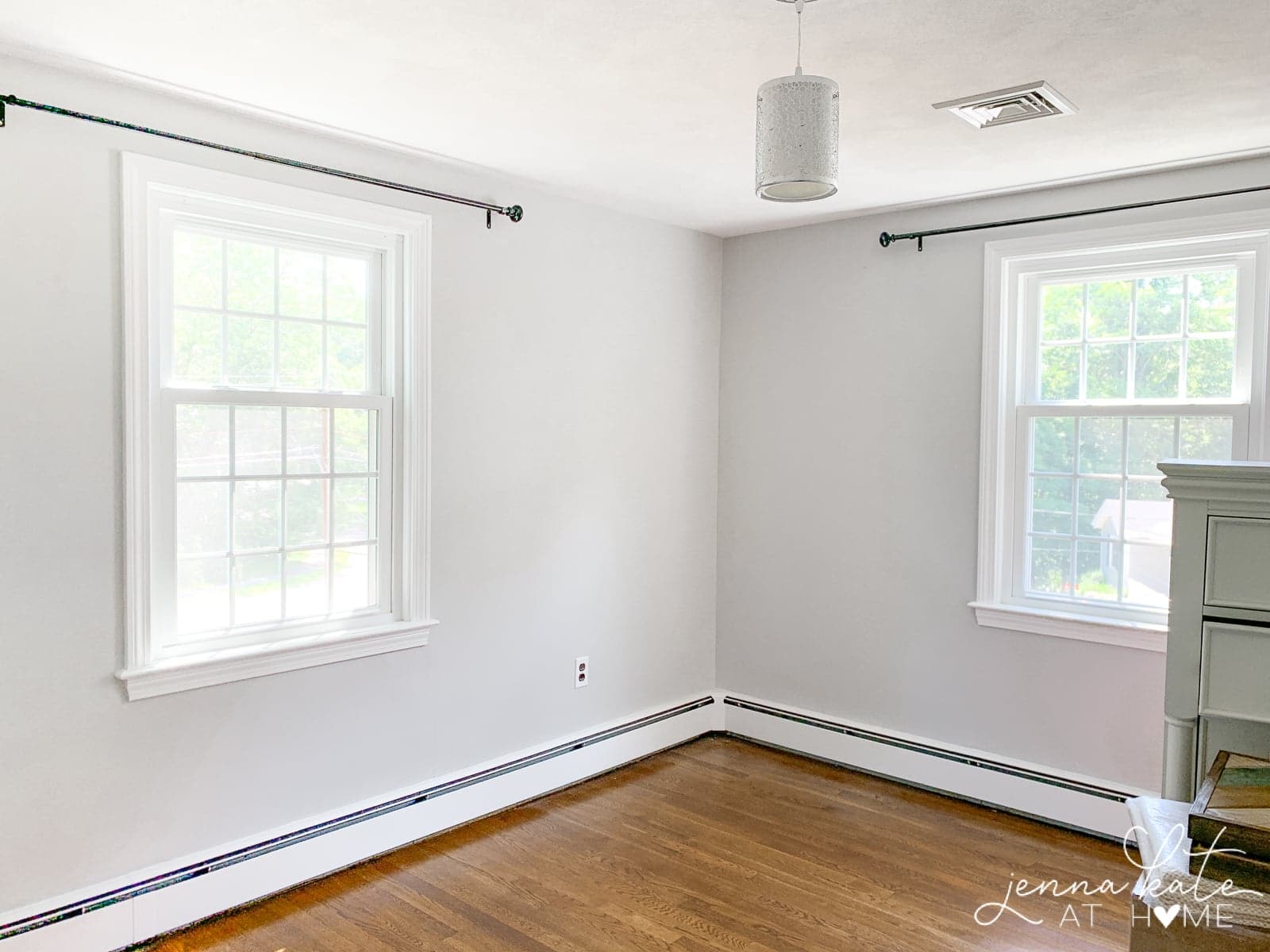
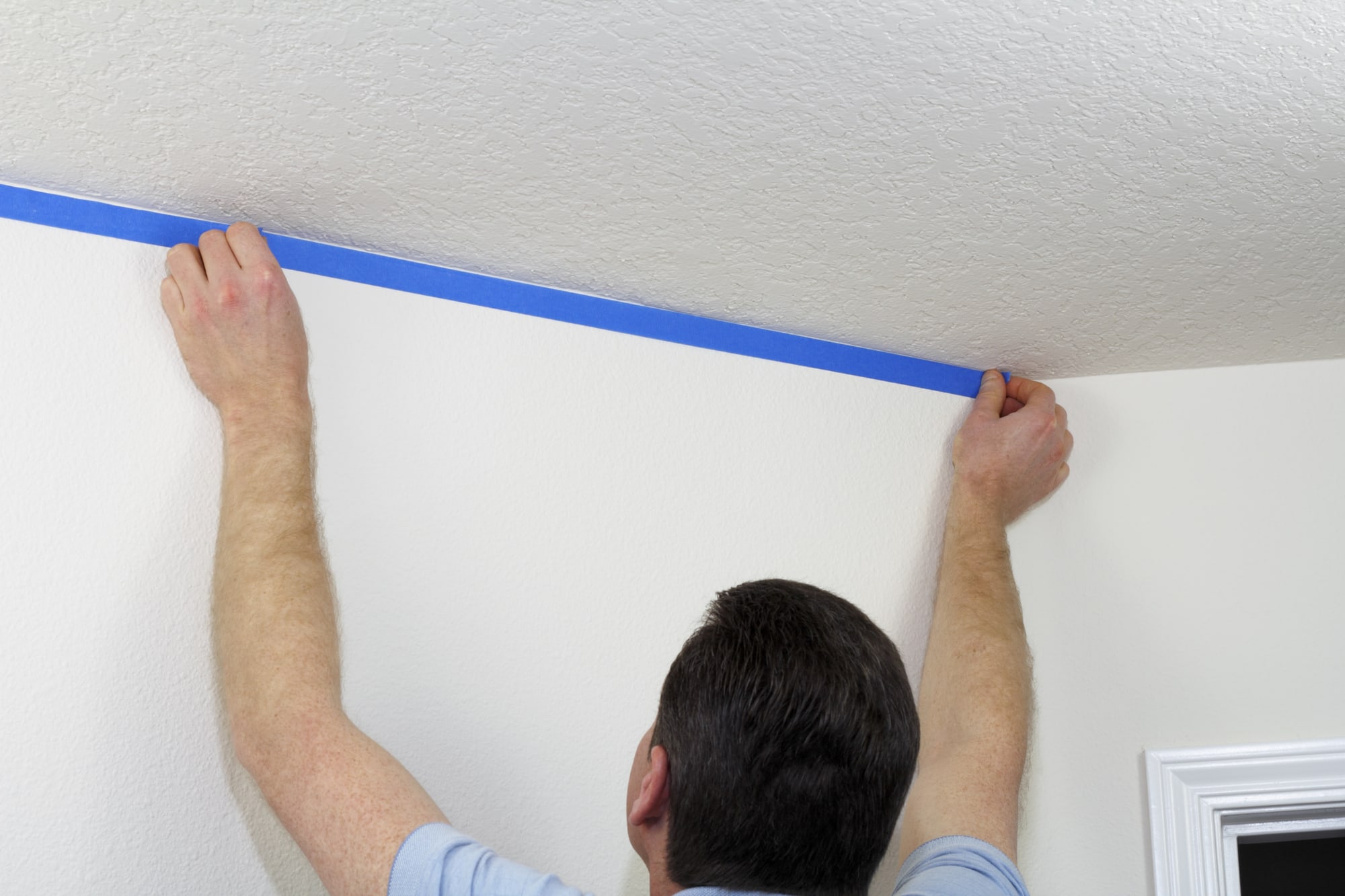

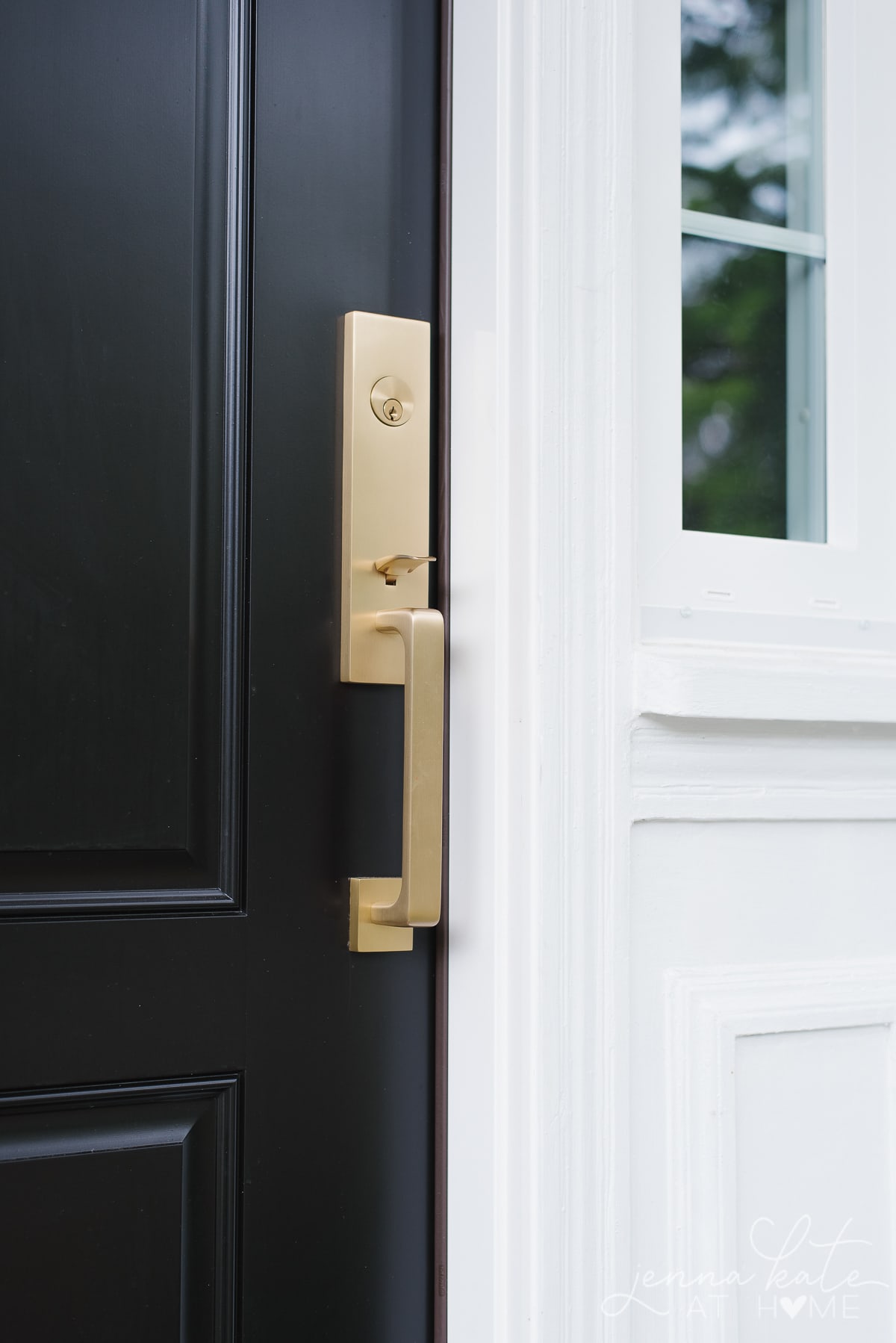
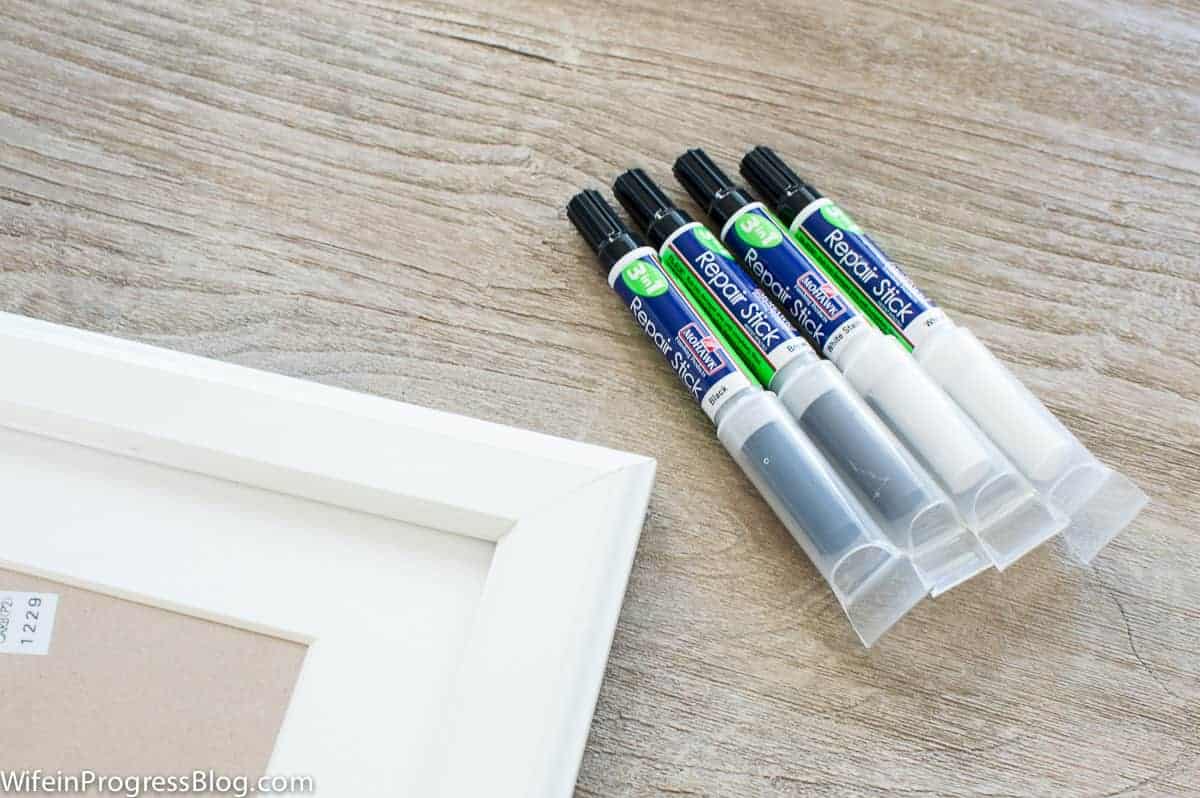
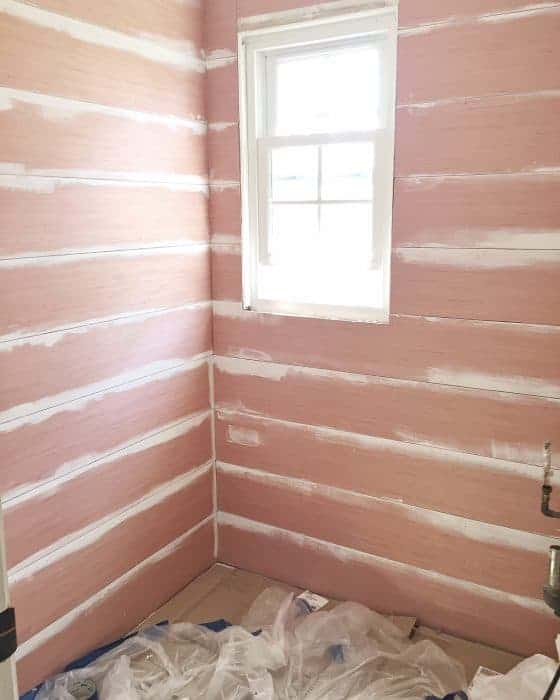

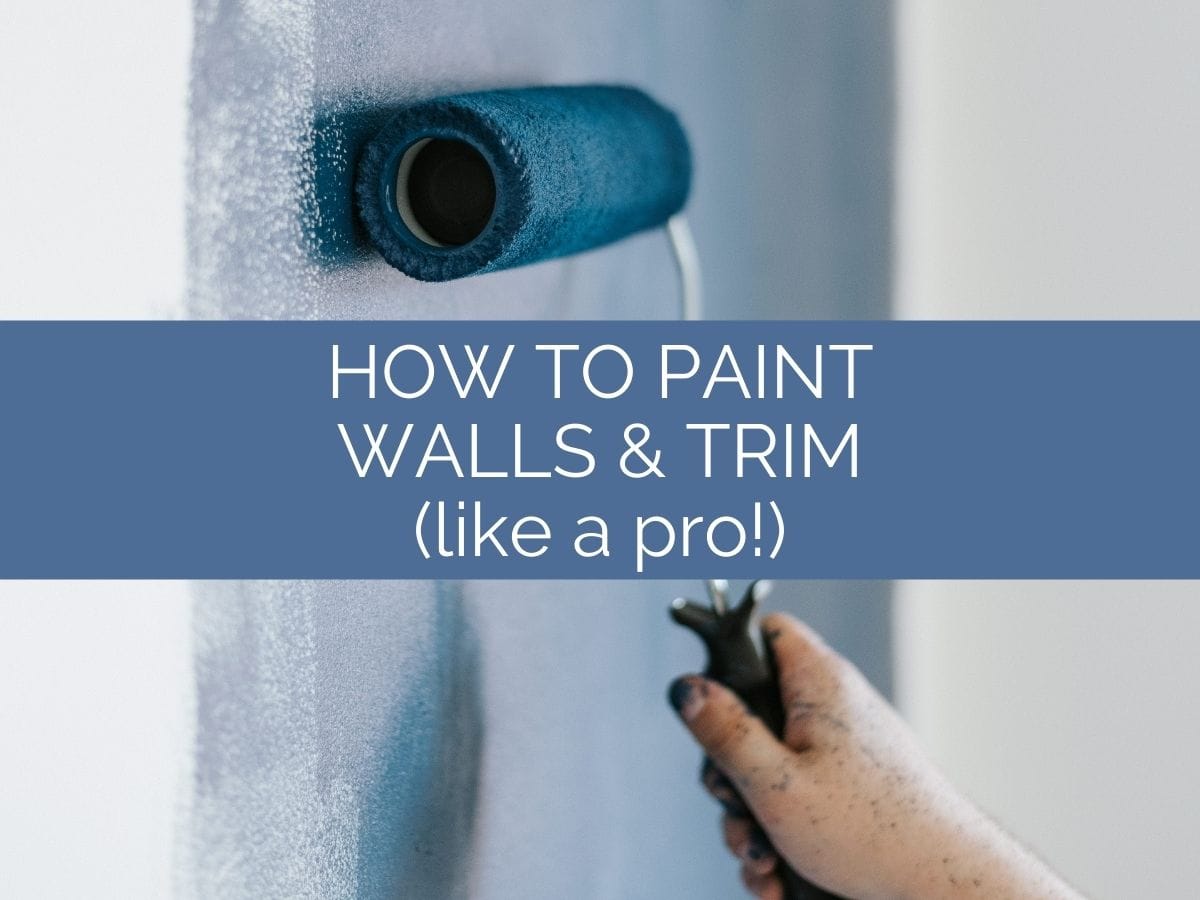
Like your blog so informative
I’d like your recommendation of where to buy antique brass
Faucet featured on previous
Blogs. Thank you
Barbara
Off topic: I see the picture you used has baseboard heating. Do you have pictures of curtain options? I have baseboard heaters, but I don’t want heavy drapes on the baseboards which will heat the drapes.